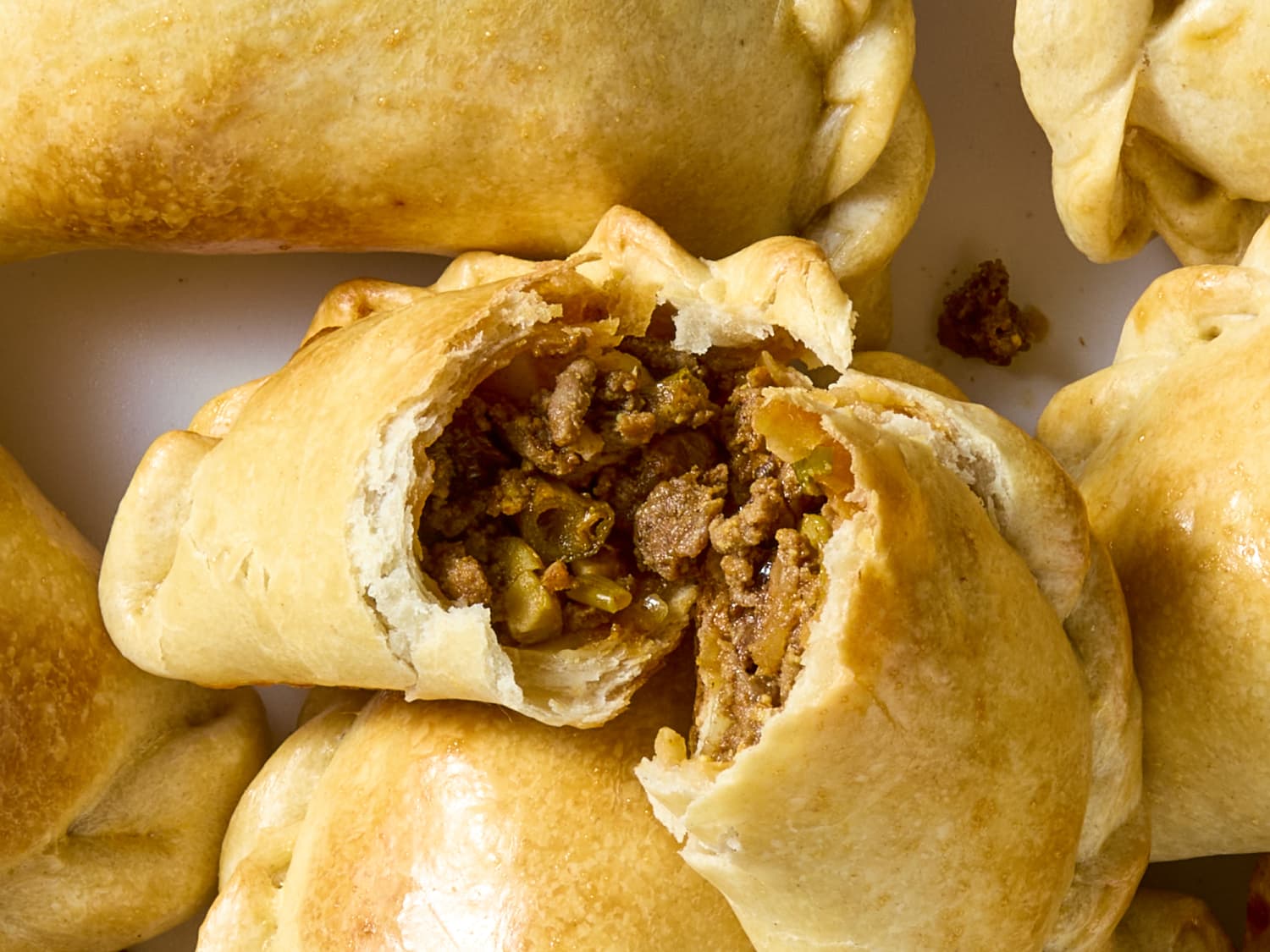
Empanadas are more than just a tasty treat; they carry a rich history and cultural significance. Originating from Spain, these delicious pastries have traveled across continents, evolving with each new region. But what exactly makes empanadas so special? Empanadas are versatile, filled with a variety of ingredients like meat, cheese, vegetables, or even fruit. They can be baked or fried, making them adaptable to different tastes and dietary needs. Whether enjoyed as a snack, appetizer, or main course, empanadas offer a unique culinary experience that reflects the diversity of the cultures that embrace them. Ready to learn more about these delightful pockets of flavor? Let's dive into 30 fascinating facts about empanadas!
What is an Empanada?
Empanadas are a beloved dish enjoyed by many around the world. These tasty pastries are filled with various ingredients and can be baked or fried. Let's dive into some fascinating facts about empanadas.
- Empanadas originated in Spain and Portugal during the time of the Moorish invasions.
- The name "empanada" comes from the Spanish verb "empanar," which means "to wrap" or "to coat in bread."
- Empanadas were first mentioned in a cookbook in 1520.
- They were initially made with bread dough and filled with seafood.
- Empanadas are popular in many Latin American countries, each with its unique twist.
- In Argentina, empanadas are often filled with beef, hard-boiled eggs, olives, and spices.
- Chilean empanadas, known as "empanadas de pino," typically contain beef, onions, raisins, black olives, and hard-boiled eggs.
- In Colombia and Venezuela, empanadas are usually made with corn dough and filled with cheese, meat, or chicken.
- Filipino empanadas, influenced by Spanish colonization, often include ground meat, potatoes, and raisins.
- In the Caribbean, empanadas are called "pastelitos" or "empanadillas" and are often filled with seafood or ground meat.
Different Types of Empanadas
Empanadas come in various shapes, sizes, and flavors. Each region has its own special version, making them a versatile and exciting dish to explore.
- Argentine empanadas can be baked or fried, with regional variations in fillings and dough.
- Bolivian empanadas, known as "salteñas," are baked and have a slightly sweet dough with a juicy filling.
- Brazilian empanadas, called "pastéis," are usually fried and filled with cheese, meat, or shrimp.
- Ecuadorian empanadas, known as "empanadas de viento," are fried and filled with cheese, then sprinkled with sugar.
- In Mexico, empanadas can be sweet or savory, with fillings ranging from pumpkin to picadillo (ground meat with vegetables).
- Puerto Rican empanadas, called "empanadillas," are often filled with seasoned ground beef or chicken.
- In the United States, empanadas have gained popularity, with food trucks and restaurants offering creative fillings like mac and cheese or pulled pork.
How to Make Empanadas
Making empanadas at home can be a fun and rewarding experience. Here are some interesting facts about the process of making these delicious pastries.
- The dough for empanadas can be made from wheat flour, cornmeal, or even plantains.
- Traditional empanada dough is made with flour, water, salt, and fat (such as butter or lard).
- The filling can be sweet or savory, with popular options including meat, cheese, vegetables, and fruit.
- Empanadas can be baked or fried, depending on personal preference and regional traditions.
- To seal the empanada, the edges are crimped using a fork or by hand, creating a decorative pattern.
- Some recipes call for brushing the empanadas with an egg wash before baking to give them a golden, shiny finish.
- Empanadas can be made ahead of time and frozen, making them a convenient option for busy days.
Fun Facts About Empanadas
Empanadas have a rich history and cultural significance. Here are some fun and lesser-known facts about these delightful pastries.
- Empanadas are often served during festivals and celebrations in many Latin American countries.
- In Argentina, empanadas are a popular food during the annual Fiesta Nacional de la Empanada.
- The world's largest empanada was made in Argentina in 2015, weighing over 1,400 pounds.
- Empanadas are sometimes referred to as "hand pies" in English-speaking countries.
- In some cultures, empanadas are considered a symbol of good luck and prosperity.
- Empanadas have inspired countless variations and fusion dishes, blending flavors from different cuisines.
Empanadas: A Bite of Culture
Empanadas aren't just tasty treats; they're a bite of culture. From their origins in Spain to their global variations, these pastries tell stories of migration, adaptation, and culinary creativity. Whether filled with meat, cheese, or sweet fillings, each empanada offers a unique taste experience. They’re perfect for any occasion, from street food snacks to festive celebrations. Making them at home can be a fun, rewarding experience, connecting you to a rich culinary tradition. So next time you bite into an empanada, remember you're enjoying a piece of history. Try different recipes, explore new flavors, and share them with friends and family. Empanadas are more than food; they're a delicious way to explore the world. Enjoy every bite and savor the journey through these delightful pastries.
Was this page helpful?
Our commitment to delivering trustworthy and engaging content is at the heart of what we do. Each fact on our site is contributed by real users like you, bringing a wealth of diverse insights and information. To ensure the highest standards of accuracy and reliability, our dedicated editors meticulously review each submission. This process guarantees that the facts we share are not only fascinating but also credible. Trust in our commitment to quality and authenticity as you explore and learn with us.
